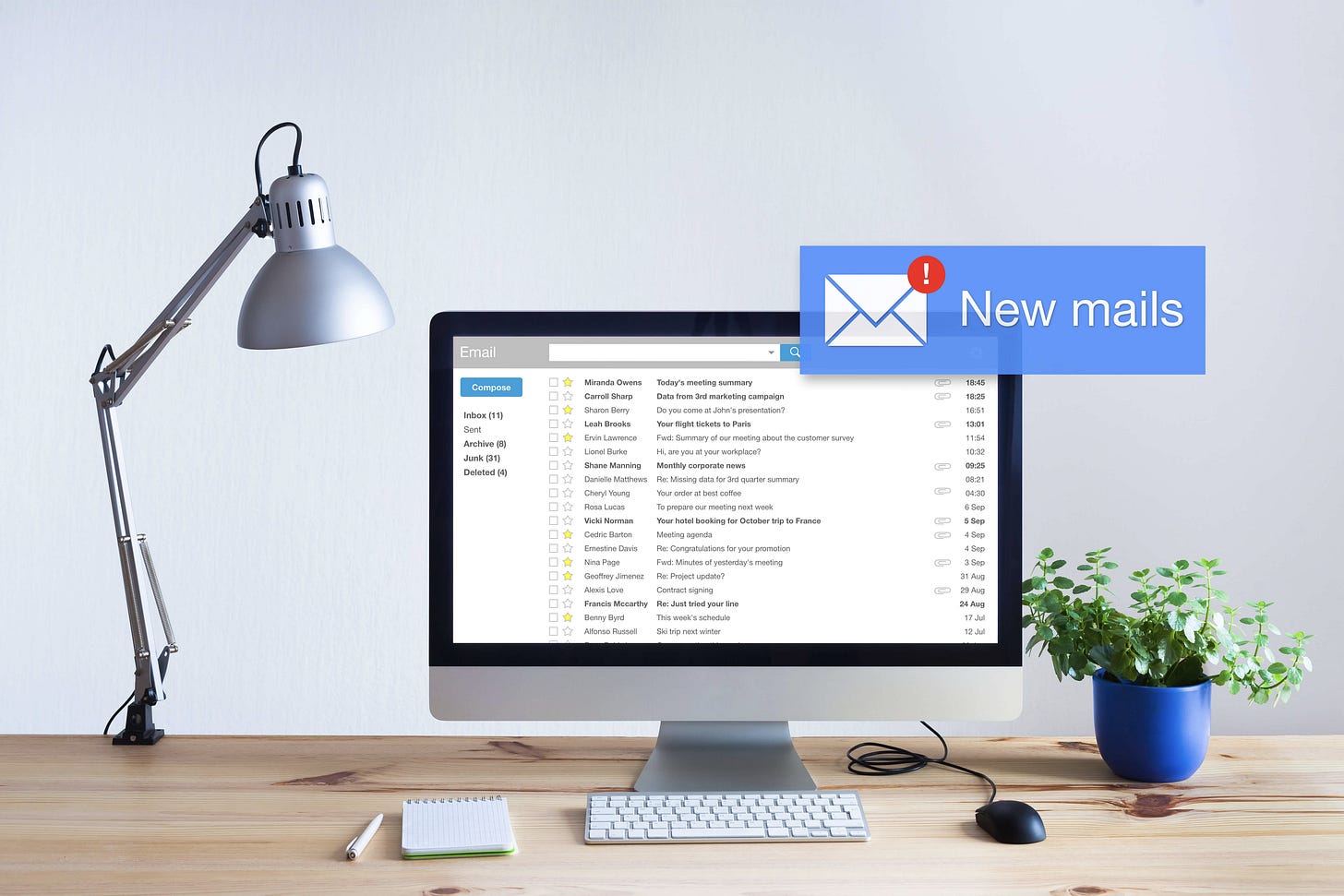Take Back Control of Your Mailbox With These 9 Techniques of Eric Schmidt, Former CEO of Google
#3: Clean out your inbox constantly.
Emails have become our daily lot. For many, it is even one of our first working tools. We send at least a dozen emails every day. We respond to email solicitations frequently, whether for business or personal reasons.
In 2019, a research report from Radicati found that the average worker sends and receives an average of 126 emails per day.
This number see…
Keep reading with a 7-day free trial
Subscribe to Sylvain Saurel’s Newsletter to keep reading this post and get 7 days of free access to the full post archives.


